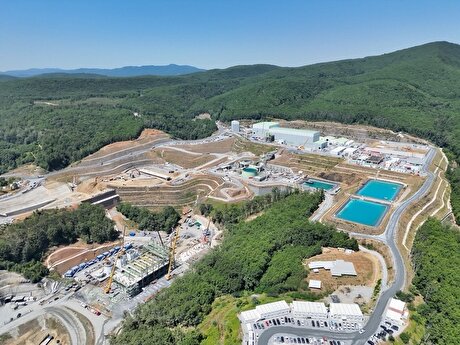
Tug-of-war: China's steel sector grapples short-term bulls, longer-term bears


It's not unusual for an industry to grapple with competing narratives, but for China, which produces half the world's steel and consumes two-thirds of seaborne iron ore, how the issues are resolved will have a flow-on effect through other parts of the economy, such as manufacturing, mining and construction.
The other impact of the tug-of-war of factors is likely to be volatility in prices as market participants try to reconcile the short-term drivers with the longer-term trends.
In recent weeks the price of iron ore has largely been driven by the ongoing fallout from the fatal tailings dam collapse in late January at a mine operated by Brazil's Vale .
The market has since been trying to work out exactly how much of Vale's annual production will be affected by the closure of the mine, and others operated by the company, as Brazilian authorities ramp up safety requirements on tailings dams.
The Vale situation is clearly a short-term price driver, but it also risks turning into a structural issue, depending on how the Brazilian government decides to regulate the company's operations in the future
Estimates presented by analysts at this week's Global Iron Ore and Steel Forecast conference in Perth ranged from about 40 million tonnes to 80 million.
This amounts to somewhere in the range of 4 percent to 8 percent of China's annual imports, so it represents a significant loss of capacity.
The loss of Brazilian ore from the seaborne market helped drive prices higher, with 62 percent iron ore delivered to China <MT-IO-QIN62=ARG>, as assessed by Argus Media, peaking at $90.75 a tonne on Feb. 11, some two weeks after the Vale dam disaster.
Prices have since eased, and tumbled on Wednesday, dropping 3.8 percent to $83.95 a tonne after Vale received permission to re-open its Brucutu mine, which has a capacity of 30 million tonnes a year.
The Vale situation is clearly a short-term price driver, but it also risks turning into a structural issue, depending on how the Brazilian government decides to regulate the company's operations in the future.
If all tailings dams are banned, Vale's costs move higher as it will have to switch to more expensive dry processing of iron ore, as well as invest in rehabilitating existing dams.
The tailings dam concerns may not be limited to just Vale, and could spread around the world as regulators take steps to ensure a disaster such as January's at Vale's Brumadinho mine, which claimed at least 300 lives, isn't repeated.
This may shift the cost curve for iron ore structurally higher, at a time when other cost pressures are starting to mount.
The move away from high-sulphur fuels for ore-carrying ships from next year is likely to boost freight costs, not only for the vessels but also for trains that use diesel, given diesel is likely to increase in price as more ships are forced to use marine diesel instead of fuel oil.
Costs: from reduction to containment
The story of iron ore mining in recent years has been the tremendous success the industry has enjoyed in structurally lowering its costs through technology and productivity gains.
But that structural change is shifting, and the focus in coming years is more likely to be on how the industry deals with rising costs, many of which are beyond its control.
Another factor that has been both structural and cyclical is China's attempts to limit air pollution by placing restrictions on steel output and by rationalising excess capacity in the industry.
The focus in coming years is more likely to be on how the industry deals with rising costs, many of which are beyond its control
This is structural because it seems unlikely that this push will be abandoned. In fact the chances are that rules and regulations become tighter over time.
However, this past northern winter it was also a cyclical factor as the authorities appeared to relax some environmental controls in order to keep steel mills running as part of efforts to stimulate the economy.
For this past winter it seems that concerns over economic growth in the shadow of the trade dispute with the United States outweighed pollution issues, but this may not be the case for the coming winter.
There is also the risk that China has brought forward stimulus spending into the first half of 2019, meaning that the second half may be weaker for steel and iron ore, unless Beijing keeps the credit taps wide open.
Another point of consensus at the conference in Perth was that 2018 probably marked the high point for Chinese steel production, at an official 928.3 million tonnes.
What was disputed was how quickly it will fall, with estimates ranging from down to just 500 million tonnes by 2025 to a more modest 780 million tonnes.
The longer-term structural factors of a contracting Chinese steel sector, environmental regulation and higher costs are generally bearish for iron ore producers, such as Vale and Australian miners Rio Tinto, BHP and Fortescue Metals Group.
But even if volumes look to be under some threat, the miners can still exploit the changes by adapting to supply higher grades of iron ore and seeking emerging markets elsewhere in Asia, such as Vietnam and Indonesia.

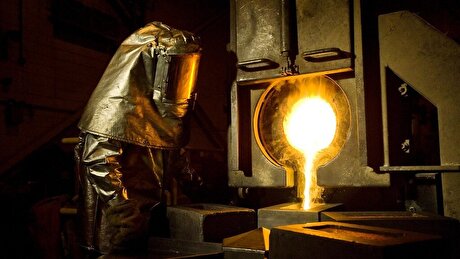
Newmont nets $100M payment related Akyem mine sale

First Quantum scores $1B streaming deal with Royal Gold

Caterpillar sees US tariff hit of up to $1.5 billion this year
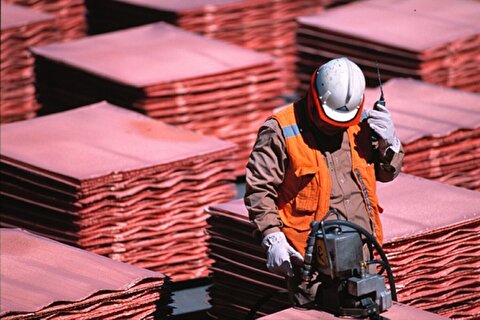
Copper price collapses by 20% as US excludes refined metal from tariffs
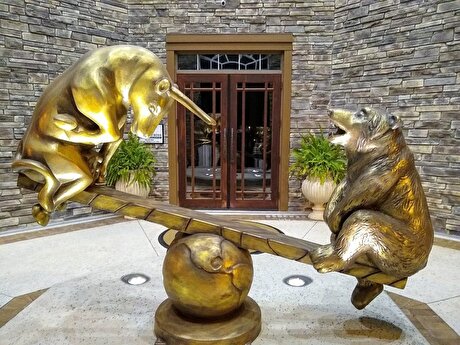
Gold price rebounds nearly 2% on US payrolls data
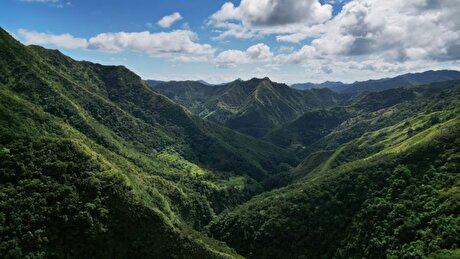
St Augustine PFS confirms ‘world-class’ potential of Kingking project with $4.2B value
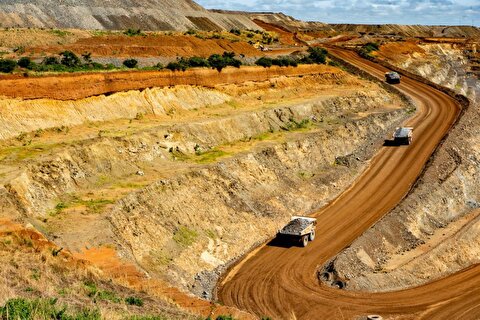
B2Gold gets Mali nod to start underground mining at Fekola

Copper price posts second weekly drop after Trump’s tariff surprise

Goldman told clients to go long copper a day before price plunge
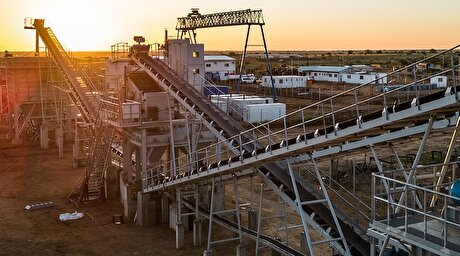
NextSource soars on Mitsubishi Chemical offtake deal

Copper price slips as unwinding of tariff trade boosts LME stockpiles

SAIL Bhilai Steel relies on Danieli proprietary technology to expand plate mill portfolio to higher steel grades

Alba Discloses its Financial Results for the Second Quarter and H1 of 2025
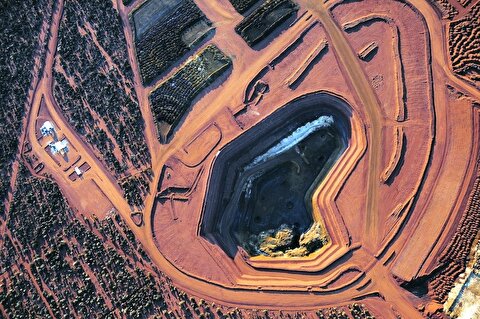
Australia weighs price floor for critical minerals, boosting rare earth miners

Australia pledges $87M to rescue Trafigura’s Nyrstar smelters in critical minerals push

Fresnillo lifts gold forecast on strong first-half surge

Why did copper escape US tariffs when aluminum did not?
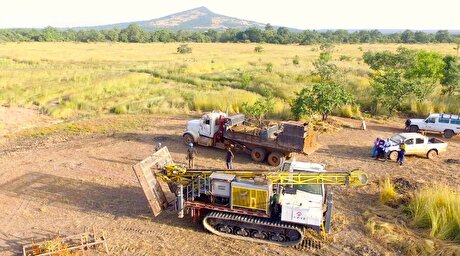
Fortuna rises on improved resource estimate for Senegal gold project

Caterpillar sees US tariff hit of up to $1.5 billion this year

NextSource soars on Mitsubishi Chemical offtake deal

Copper price slips as unwinding of tariff trade boosts LME stockpiles

SAIL Bhilai Steel relies on Danieli proprietary technology to expand plate mill portfolio to higher steel grades

Alba Discloses its Financial Results for the Second Quarter and H1 of 2025

Australia weighs price floor for critical minerals, boosting rare earth miners

Australia pledges $87M to rescue Trafigura’s Nyrstar smelters in critical minerals push

Fresnillo lifts gold forecast on strong first-half surge

Why did copper escape US tariffs when aluminum did not?

Fortuna rises on improved resource estimate for Senegal gold project














